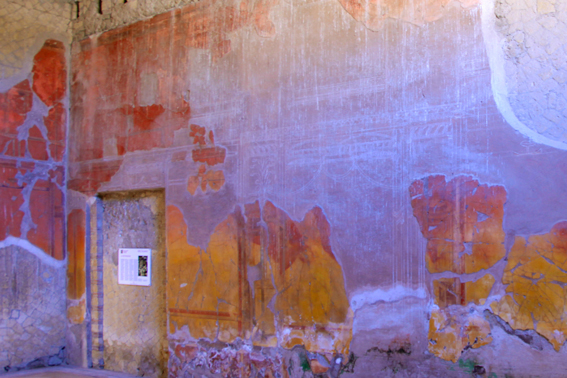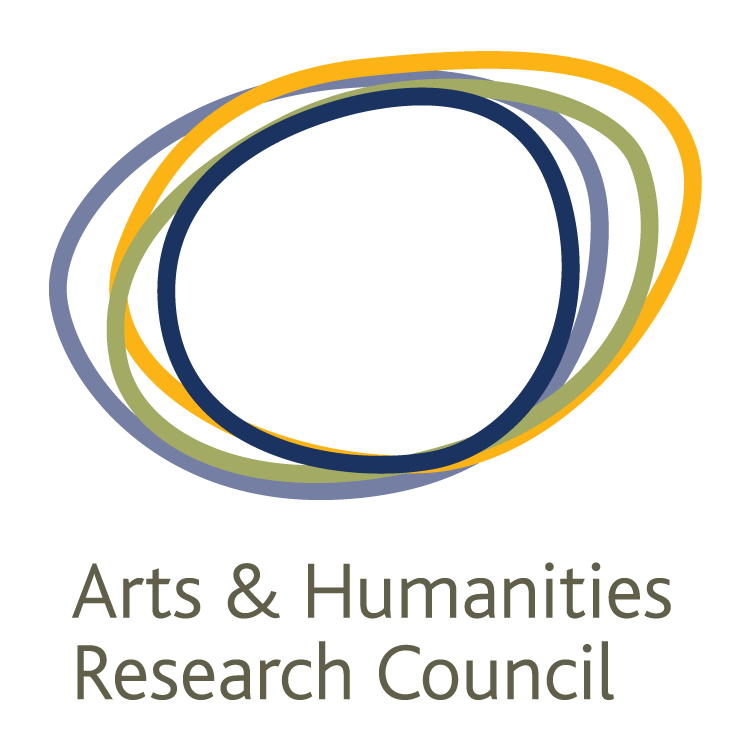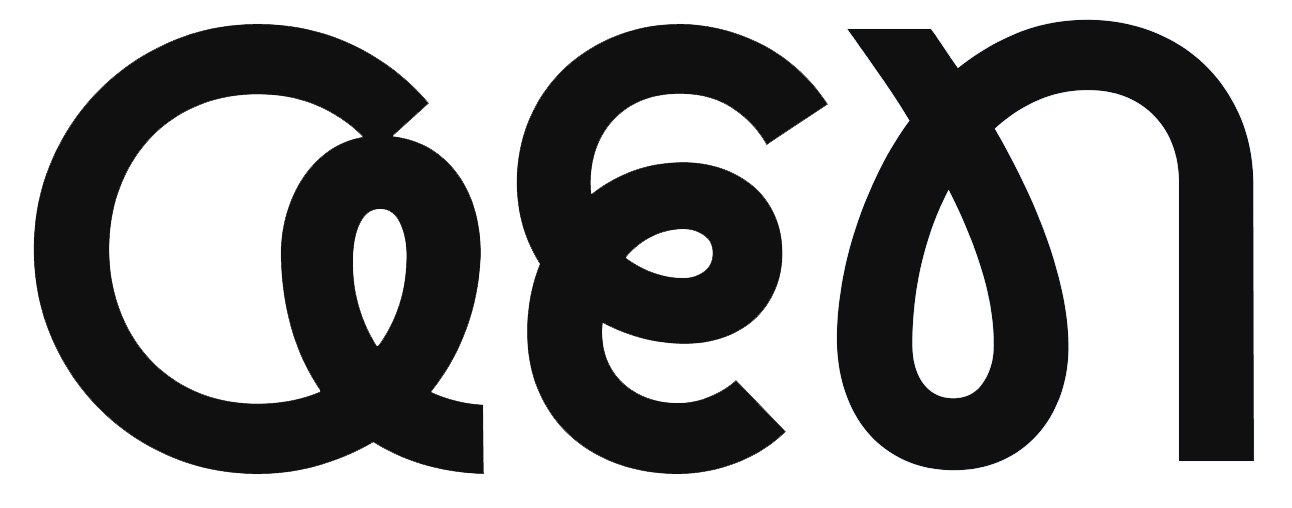Blog & Podcasts
When heat meets art

A sweltering day in the House of the Beautiful Courtyard
You cannot beat Herculaneum for atmosphere, even on a day so hot that local veterans are complaining. It is baking hot as we carry our survey equipment to the House of the Beautiful Courtyard (the Casa del bel Cortile), but the courtyard is no less beautiful and the shade is all the more welcome. The proposal here is that we use part of the house for Catrin’s temporary Herculaneum installation. It is a great location, but just as our colleagues at Herculaneum are keen to ensure that everything is planned and delivered in a safe, appropriate and wholly non-intrusive manner, so are we. The advantage of laser scanning with our trusty FARO Focus here is that at one and the same time we produce a sub-millimetre accurate 3D model of part of the House that can be used both to advance research into the house, and to project plan the installation. It is vital that the installation is the right size and that there is clear space between it and any of the ancient fabric of the walls.
Once again, of course, we are standing in a space Amedeo Maiuri knew well – he excavated it. The interpretation of the structure still intrigues, but our discussion here is currently focussed on the wall plaster. One of the most terrifyingly potent elements of the building is the abrupt change in colour of the wall plaster, a result not of a painter’s whim, but rather of the impact of the extra-ordinary heat wave that collided with the building on that fateful day in AD 79. There has been much debate about the impact of heat on the colours of wall plaster and the degree to which our appreciation of colour schemes have in turn been affected. It is a theme to which we hope to return during our research. Again, our excellent Thea Ravasi shows an advanced familiarity with research into the topic and has caught references I had missed.
By the end of the day, of course, the temperature outside has dropped and we remain sufficiently energised to take advantage of one of Herculaneum’s evening openings. I cannot recommend these evenings strongly enough. To walk through the ancient city after dark, discrete well-placed lighting illuminating rich detail and beautiful interiors, is to experience something truly memorable. When combined with the experience of intense study of many of the artefacts that once expanded these interiors, it is hard to not feel a strong sense of attachment to this place and the community that lived here. All this adds to the poignancy as we take our leave of Herculaneum, leaving through the exit from the old harbour, passing the ‘boat houses’ on the harbour side where so many sheltered in the last moments before pyroclastic flows from Vesuvius consumed the city. The casts of skeletons arranged there testify to what the community suffered that fateful day. As archaeologists, we know the tale well, and the excellent research that has accompanied it, but it remains no less compelling for all that. It’s a powerful moment on which to end a very full day of data capture .. so we return to the hotel for more data processing…..
Professor Ian Haynes
Last modified: Thu, 23 Nov 2017 18:18:00 GMT

 (1).jpg)




